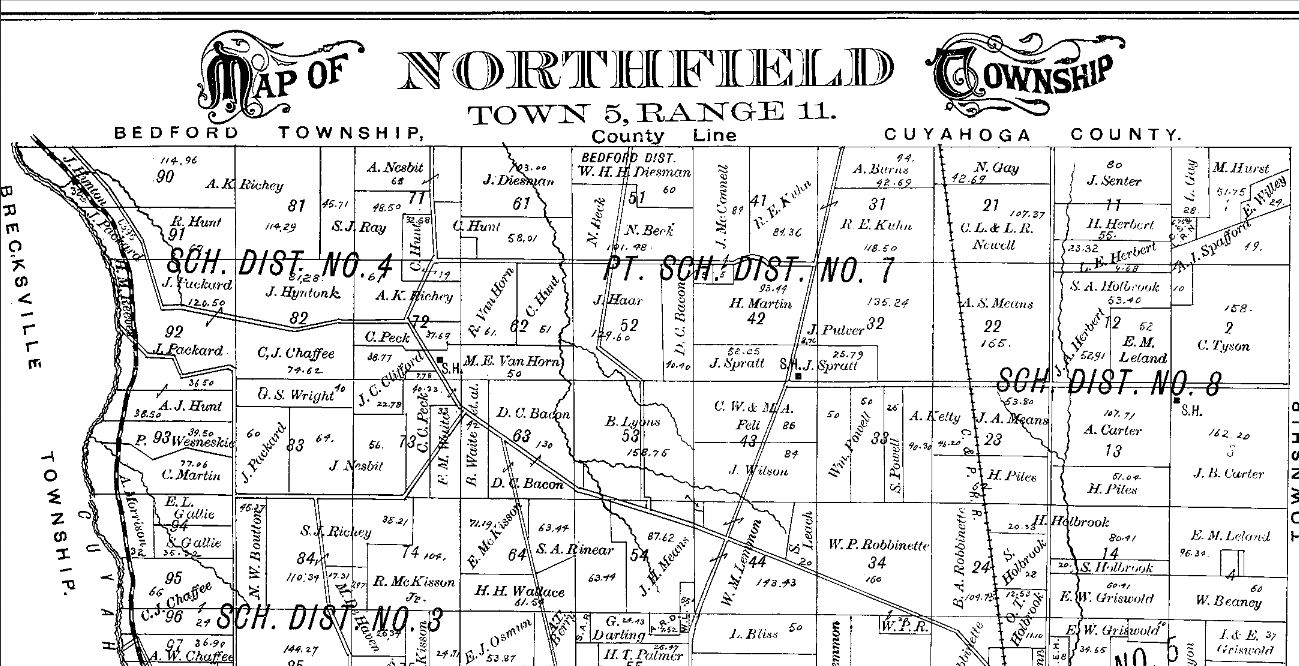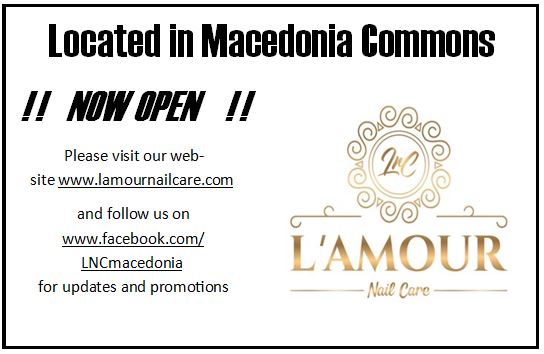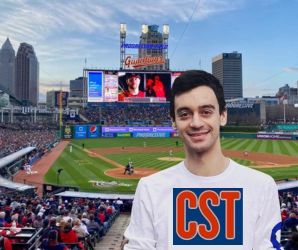CONNECTICUT WESTERN RESERVE
SETTLED 1807
When the first surveys were completed and the maps were drawn, our emerging township was simply called “Town 5, Range 11”. It occupied approximately 27 square Portage County (Summit County had not yet been established). The first settler to occupy property in the town was Issac Bacon of Massachusetts. He purchased Lot No. 63 in 1806 from the Connecticut Land Grant Company and moved to his newly acquired 160 acres in April of 1807. Bacon and his family traveled to the new frontier in the traditional covered wagon. Their trip took them over the Alleghenies, traveling Indian trails until reaching Cleveland on the shores of Lake Erie. It was called Cleveland Township at that time, was part of Geauga County and had only about 30 inhabitants.
From the lakeshore the Bacons made their way down along the Cuyahoga toward their new homestead. They followed another Indian trail on the east side of the river until they reached their parcel of land. To put that location in perspective of today’s roads, it would be located on the north side of Valley View Road, west of North Boyden Road. There Bacon built a log cabin and truly became the first settle in the community.
Perhaps that statement should be clarified a bit. The Bacons indeed were the first settlers to arrive in the new township, but the area had been occupied by Indians for a number of years prior to his arrival. In 1807 a number of Indian settlements could be found along the west side of the Cuyahoga as well as along the streams latter called Brandywine Creek and Indian Run. Early records indicate that a rather large population of panthers, bears, wildcats and deer could be found roaming the countryside. It was said that once wolves chased Mrs. Bacon’s sheep right into their newly erected cabin.
Obviously in a short commentary such as this only a few events can be covered. For a complete story we suggest you read History of Olde Northfield Township by Bessie Goosman, published in 1973 by the Historical Society of Olde Northfield. The book can still be purchased from the Society or is available in local libraries.
The name Northfield probably was taken from the name of a town in Connecticut near the home of the area’s second settler, Jerimah Cranmer. The township’s location in the northern end of the county may also have been a factor.
By 1819 the township had grown to about 20 inhabitants. On May 214, 1819 the residents gathered in the cabin of George Lillie and elected the first township officers, That event signified the official establishment of Olde Northfield Township. Those elected in that first meeting included the following:
Trustees (3) George Wallace, Jerimiah Cranmer, John Duncan
Clerk Henry Wood
Overseers of the Poor (2)
Fence Viewers (2)
Constables (2)
Road Supervisors (Ik)
Brandywine played an important role in the region’s early development. It should be noted that Brandywine was originally part of Boston Township but was annexed by Northfield Township in 1819. That event accounts for the irregular boundary at the southern end of the township.
In 1814 George Wallace had built a saw mill on the north bank of the creek, just above the falls we call Brandywine Falls today. The creek was given the name of Brandywine by John Menough, the miller at the grist mill which was built on the south side of the creek in 1815. He named the creek after the well-known stream of Revolutionary War fame.
George Wallace moved to this area from Cleveland where he and his family had a log cabin at Superior and West 6th (today’s names). He said he chose the site along the creek to escape the “malaria atmosphere of Cleveland.” At that time the Cuyahoga had only a very small outlet to Lake Erie and stagnant water often accumulated at the western edge of Cleveland.
By the early 1820’s a woolen mill, a distillery for “exceptional whiskey” and a post office could be found at Brandywine. The little settlement rivaled Cleveland for its economic importance and for a time was said to be actually larger than Cleveland.
Other significant events of the area are chronologically outlined in the next section. Perhaps, however, the derivation of today’s municipalities should be detailed.
The original homestead of Issac Bacon and the subsequent arrival of others created a population of 1,076 in 1880 where it remained until the early 1900’s. The region was predominantly devoted to agriculture with a scattering of mercantile establishments.
By 1905 several clusters of development began to occur. The residents of the eastern side of the township separated from Olde Northfield and established the Village of Macedonia. In 1912 the village became a township and in 1970 a city.
The remaining area became a village in 1912. In 1932 another group of residents separated and formed Sagamore Hills Township which became a village in 1943 and returned to a township in 1947.
In 1935 Northfield Center was established when another group of residents broke away from the village. The remaining area left is what we know today as Northfield Village.
Thus, we have the four communities we know today. Brandywine lost its identity when its Post Office closed.
This and much more historical information can be found on the Northfield Center website. Click here to see a treasure trove of history.























